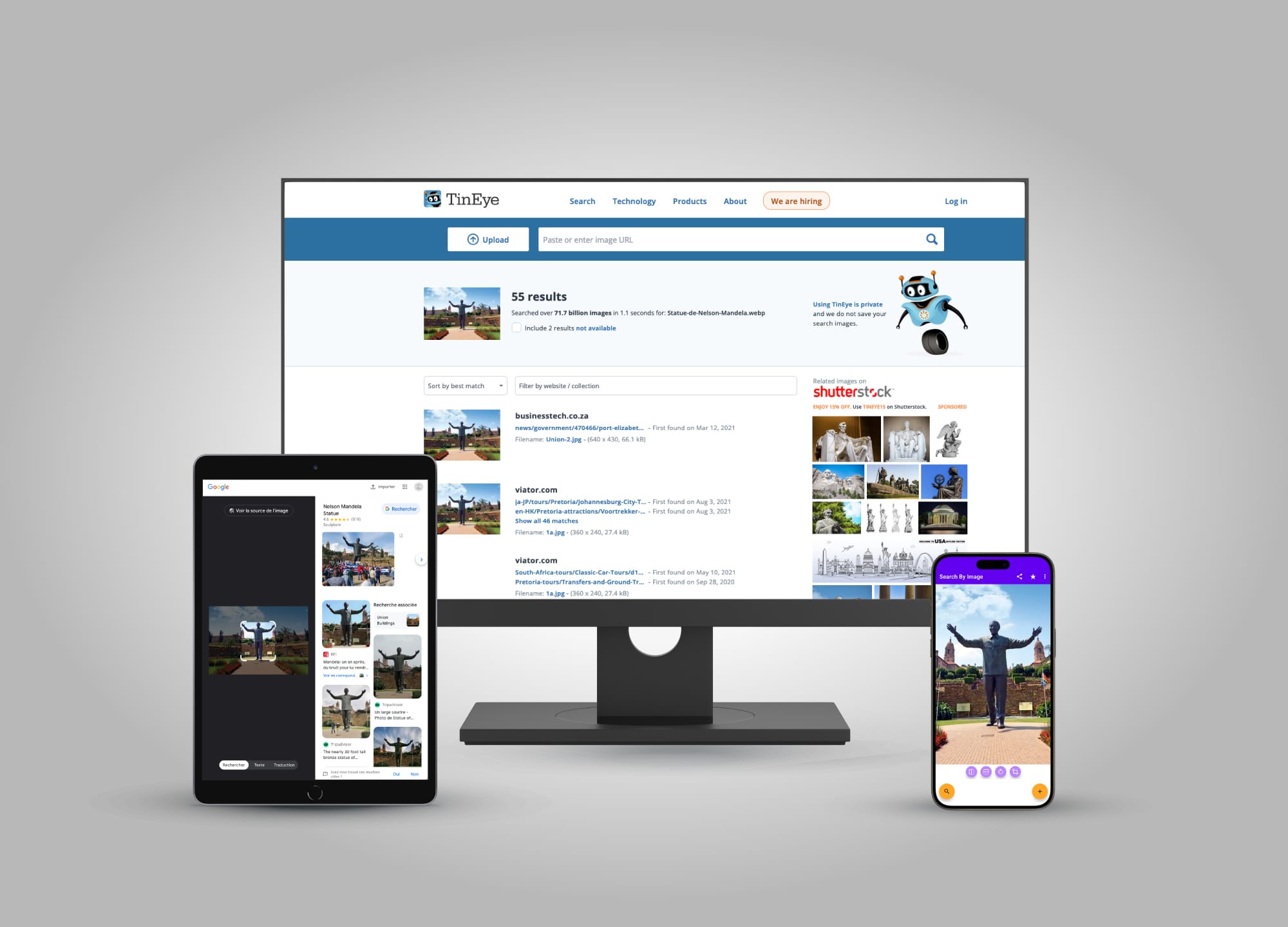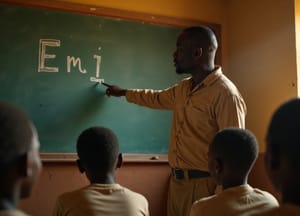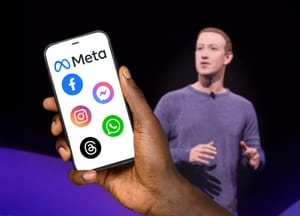Faced with the increase in the dissemination of fake news, it becomes essential that everyone, on their own scale, is able to combat disinformation. For this, there are several methods and tools of Fact-Checking.
Disinformation, propaganda and fake news (false information) have existed for a very long time, but according to data from Africa Center for Strategic Studies, their dissemination has quadrupled in the past two years. Social networks are the predilection field of disinformation actors. A click, a sharing, a comment, and false information is relayed very quickly. The speed of propagation is one of the main characteristics of disinformation. The most critical are the consequences.
Falsified and false information leads to serious repercussions, which can completely destabilize the security situation of a country, stir up tensions, cause death. To cite some examples: during the COVVI-19 pandemic, fake news about remedies against the virus circulated. In March 2020, in Kinshasa, a mother lost her 3 children for having administered them a plant-based purgation whose fake news said they cured COVID-19. This year, in the elections that took place in more than fifteen African states, the disinformation campaigns to destabilize other candidates and influence the votes were numerous. For the presidential campaign in Senegal, the Fact-Checking Africa Check platform has created an account on X (ex-Twitter), the #Saytsen2024 alliance, from which many denials on news fakes have been published.
The consequences of disinformation
The dissemination of false information goes so far as to cause tensions between the different communities, even violence and assassinations. In January, many civilians from the Peul community were murdered by militiamen and authorities. These abuses have lasted for several years. In Burkina Faso, calls for hatred, even murder against Fulani circulates on social networks. The Fulani are victims of many abuses, to be associated with terrorist groups which ravage the regions. If it is true that some of them have joined the ranks of the jihadists, several civilians in the community are the subject of a deadly amalgam, undergoing on the one hand the terrorist attacks, on the other hand the violence of the authorities which accuse them of proximity to the jihadists.
There is no shortage of impacts linked to disinformation: destabilization of society, security, economic system, breeding of violence, etc. It is a real scourge that can ultimately destroy a society. To counter it, Fact-Checking is one of the most effective weapons.
Fact-checking: how to locate and correct false information
Fact-checking, or verification of facts, quickly established itself as one of the fundamental solutions against disinformation.
The first strategy is first and foremost to check the information by finding its source and comparing it with others, which is called crossing sources. Ensure that information appears elsewhere, if the sources (sites, media) are reliable. On this subject, it is always necessary to examine the termination of the address of the site in order to verify that it is not a false.
Disinformation generally arouses strong emotions (fear, curiosity, sadness, empathy, anger). For this reason, the information that is sensational, a disaster, a scandal, or which takes place during a special period (such as elections) must be the subject of applied attention. This is why it is necessary to locate the context of information.
To locate a fake news, the Fact-Checker Gustave Katsuva, from Congo Check, delivers some basic rules. You must read the text carefully, beware of spelling, syntax, grammar faults. Check if the author's name and the date of publication of the article appear. If the terms "sure source, close to the file, under anonymity" are mentioned, you must be careful. In doubt, you must not share the information.
Some examples of Fact-Checking tools
However, with the progress of technological means, it becomes more and more difficult to identify Deepfakes and false images. AI software is perfected. At that time, you have to wonder. Does the video use emotions? Is the subject credible? What is the context? And above all, apply the primordial method: go check the source and compare it with others.
There are several Fact-Checking tools. For images, Tineye, Search by Image and Google Images are fairly effective software, used by Congo Check for the verification of sources. To perform a check thanks to an inverted image search tool, for example Tineye, you must copy the URL of the image URL to check (often by making a right click on the image in question) and paste it in the search engine, before clicking on the "Do a search" tab. It is also possible to copy the image directly and stick it to the "Download" tab of Fact-Checking software.
To do a reverse search on Google Images, you must make a right click on the image to be checked and enter the URL address. On the search bar of Google Images, there is a camera logo, which allows you to search by image. You have to click on it, then paste the URL link of the photo to be checked, or it is possible to copy the photo directly, or import it into the search engine. It only remains to click on the "search" tab. Several links will be displayed, which will allow you to go back to the image source.
Be careful however, some search engines like Google may be wrong. The algorithm will often seek a plausible environment in which the image can be disseminated, and it happens that an image is relayed on several sites, including bad, which will induce the algorithm of Google in. It is for this reason that several research must be carried out, using several software to compare sources.
If in doubt on a site or a media, it is recommended to check the mention "about" or "who are we". For a fake news, do not hesitate to copy the text which seems suspicious, paste it in the search bar on Google by adding the quotes, so that the search engine targets precisely the terms to examine, then click on "search". As with images, a list of sites will appear, which can determine whether the text comes from reliable media or not. Anyway, at the slightest question, the best is not to share the information or the image that inspires distrust.
The different players in Fact-Checking and their methodologies:
Several platforms and organizations of Fact-Checking have emerged in recent years: Africa Check in 2012, Pescheck, in 2016, Congo Check, in 2018, Dubawa, in 2018, and many others. Fact-checkers and journalists have been working together for many countries to counter the threat of false information. To spot them, they use various methods.
Africa Check unveils his method of verification on his platform. They monitor and identify the affirmations, and if one of them seems suspicious, join the person in order to ask for explanations or evidence. Surveys can be carried out in order to bring together the most authentic elements, and they only get into contact with experts who agree to testify. A report is then published. Africa Check actors also broadcast their research methods and sources so that each internet user can follow the verification process. It is also possible to contact them to submit questionable information to them.
These methods of transparency during reports of reports, the progress of the verification process and the sources are also used by other large platforms such as Dubawa and Pescheck. Several of them like Africa Check, Congo Check, Namibia Fact Check and Pesacheck carefully analyze public and political speeches. In September, Congo Check launched the "MPOX FACT" project to combat the disinformation made on MPOX disease and the fatal consequences it can cause. During the Ebola epidemic and the COVVI-19 pandemic, several people were not treated and died due to bad information. With the MPOX FACT tool, the researchers will bring together all the news fakes and publish a denial.
If disinformation is increasing in recent years, the number of researchers and Fact-Checkers is too. For Africa Check, in 7 years, the number of organizations that fight disinformation has increased dizzying. It becomes vital to be aware and to fight against the ravages of false information and to preserve the nations from any attempt at destabilization whatever it is.
How to spot a deepfake
A Deepfake is defined as an image, a video or an audio file made by an artificial intelligence (AI). Thanks to a clever special effects and a principle of superposition, it is possible to make anything say to anyone, including influential, political and celebrity personalities.
Some details make it possible to detect whether the video is rigged or authentic. You must examine the movement of the lips, if it is granted to the voice or completely offbeat, be attentive to the sound of the voice, to the movements of the faces. If the latter remains abnormally fixed, that the eyes almost do not blink, there is a possibility for the video to be a deepfake. The outline of the face can be detached abnormally from the rest of the decor, revealing blurred tasks. Light and contrasts are also to be checked. The usual gestures like moving your hands, putting a wick in place, turning your head are also to be monitored, in order to ensure that the person is a real one, not an AI. It is also recommended to slow down the video. If blurred tasks will appear, there is a risk that the video will be rigged.
Regarding photography, as for video, you must be attentive to details, light contrasts, blurred tasks, hair texture, eye height, background. It is necessary to take a step back, to establish if the context is realistic or if it seems shady.




